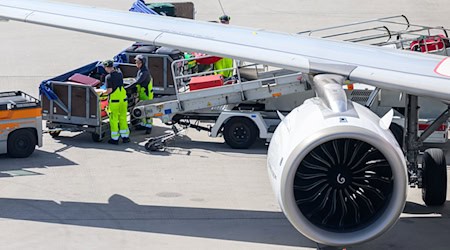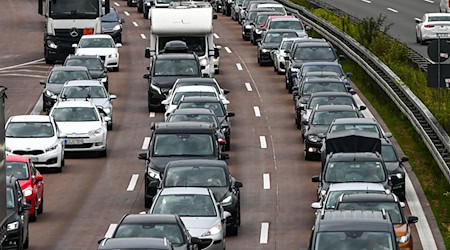The General German Cyclists' Club (ADFC) in Saxony draws a sobering balance on the cycling projects of the Saxon coalition over the past five years. The alliance of CDU, Greens and SPD has only managed to take a few small steps, but the big picture is not right, according to the cycling club. "More and more people in Saxony want to cycle, but the state government is doing too little to ensure that this can be done well and safely," said ADFC Chairman Janek Mücksch. Nine of the 18 goals on cycling declared in the coalition agreement have not been met, six only partially.
According to the ADFC, Saxony is falling well short of its targets for the construction of cycle paths outside of built-up areas. By the end of 2025, 538 kilometers of cycle paths had been planned, but only 135 had been built by the end of 2023. "We need more qualified planners in the State Office for Road Construction and Transport," explained Mücksch. Saxony is lagging far behind when it comes to cycle tourism. The head of the ADFC recommended that a new Saxon government should take care of a cycle path from Dresden to Wrocław. There are already strong efforts on the Polish side, including in the district of Görlitz.
ADFC: Road safety concept is empty of content
The ADFC is critical of the road safety concept adopted by the cabinet on Tuesday. Mücksch spoke of "35 pages of empty content". Last year, 32 cyclists lost their lives on Saxony's roads. According to a survey by the cycling club, 75 percent of Saxons feel at risk when cycling. This is no wonder, as many places have lacked a safe cycle path for decades. Accident black spots are not being systematically defused. Another point of criticism concerned the jungle of tariffs for taking bicycles on the trains of the various transport associations. Consistency was called for here.
"Saxony only needs three things so that every schoolchild can cycle safely on the roads and commuters can integrate exercise into their everyday lives: More money for cycle paths, more staff for planning and more safety for everyone," summarized Mücksch. He called for spending on a modern cycling network amounting to ten euros per inhabitant per year. In total, that would be around 40 million euros. Currently, only 18 million euros are available, the club complained. There should be a cycle path on every state and federal road in Saxony and secure parking facilities at train stations. The municipalities need more decision-making powers to designate 30 km/h zones.
On Tuesday, Saxony's Transport Minister Martin Dulig (SPD) regretted shortcomings in the implementation of the cycle path concept adopted in 2019. The truth is that it now takes eight years to plan a cycle path. The biggest procedural obstacles are ownership issues and unnecessary investigations. It has not yet been possible to agree on a simplification of planning processes. There is also a lack of personnel for planning. In the end, it is not the budget that is failing, but the planning capacities. "We are lagging far behind expectations," said Dulig, also regretting this in his capacity as an ADFC member.
Copyright 2024, dpa (www.dpa.de). All rights reserved










